Copyright © Shandong Wedo Agritech Co., Ltd. All Rights Reserved. Site Map
- +86-15253660961
- service@wedoagritech.com
- 67-2, Headquarters Base, Beihai Road, Weifang, Shandong

Normally, the eggs we get from breeding should be perfectly oval eggs. But if there is a problem with the egg quality, it means that there is a problem with the chicken itself, the feeding management method, or the chicken house. So what can different types of abnormal eggs tell us?
Eggs of various shapes
The different shapes of eggs are determined by the genetic characteristics of the chickens and have nothing to do with disease or feeding management.
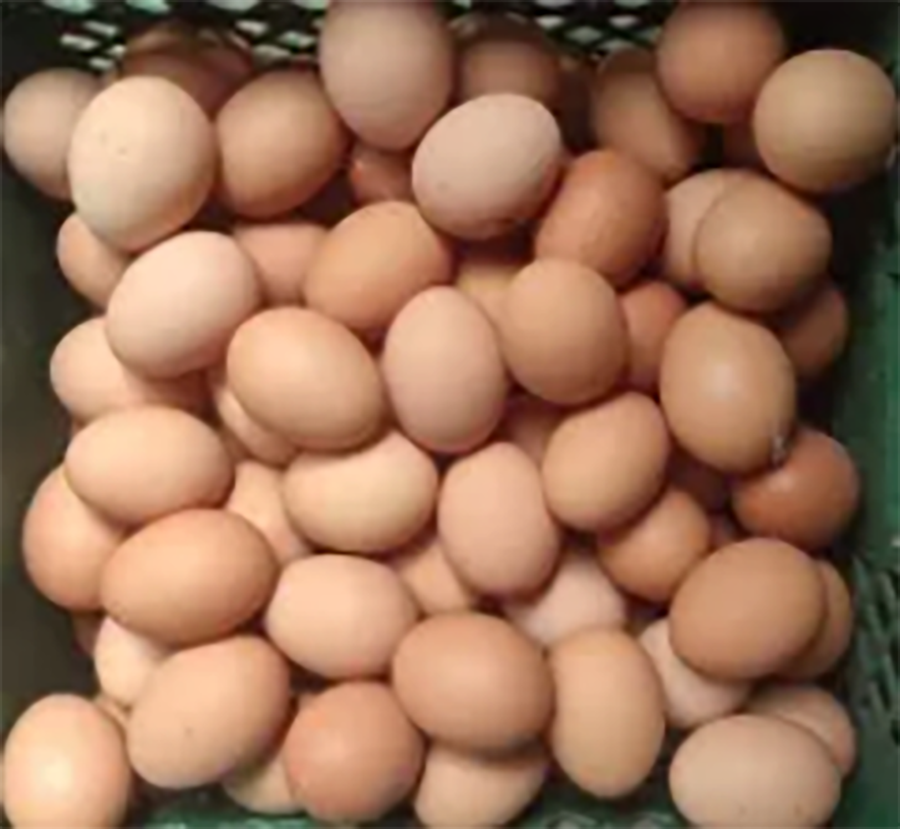
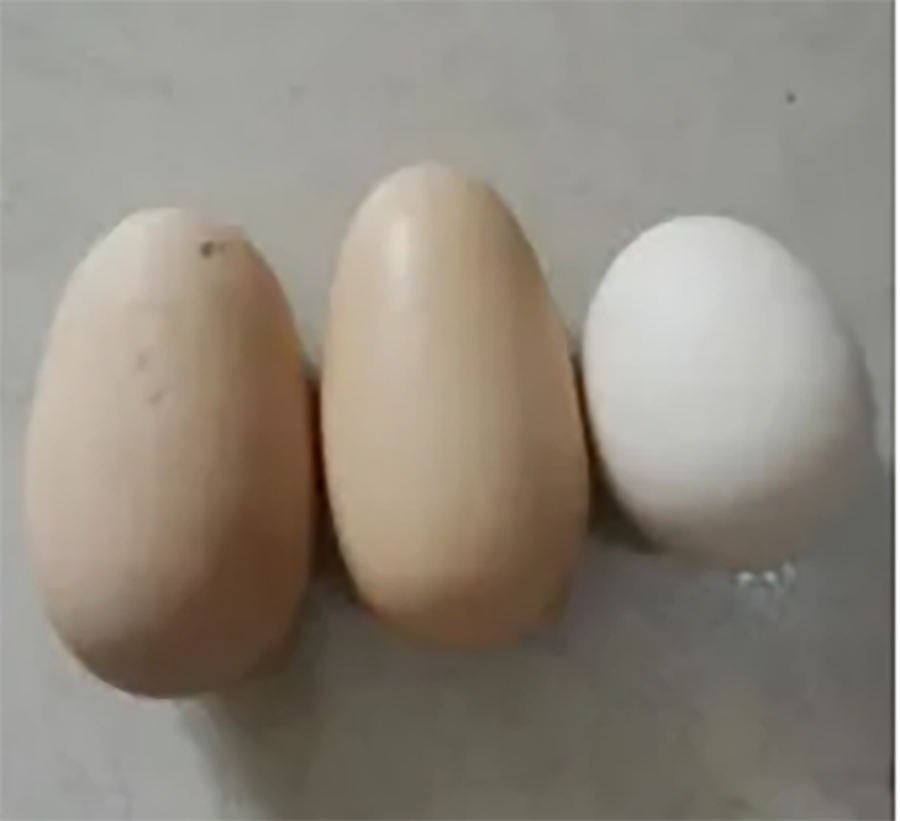
Double yolk egg
It is mainly produced in the early stage of laying. The younger the age of laying, the more double yellow eggs are produced. Double yellow eggs are formed when two ovaries fall into the oviduct at the same time. Double yellow eggs are prone to cause prolapse.
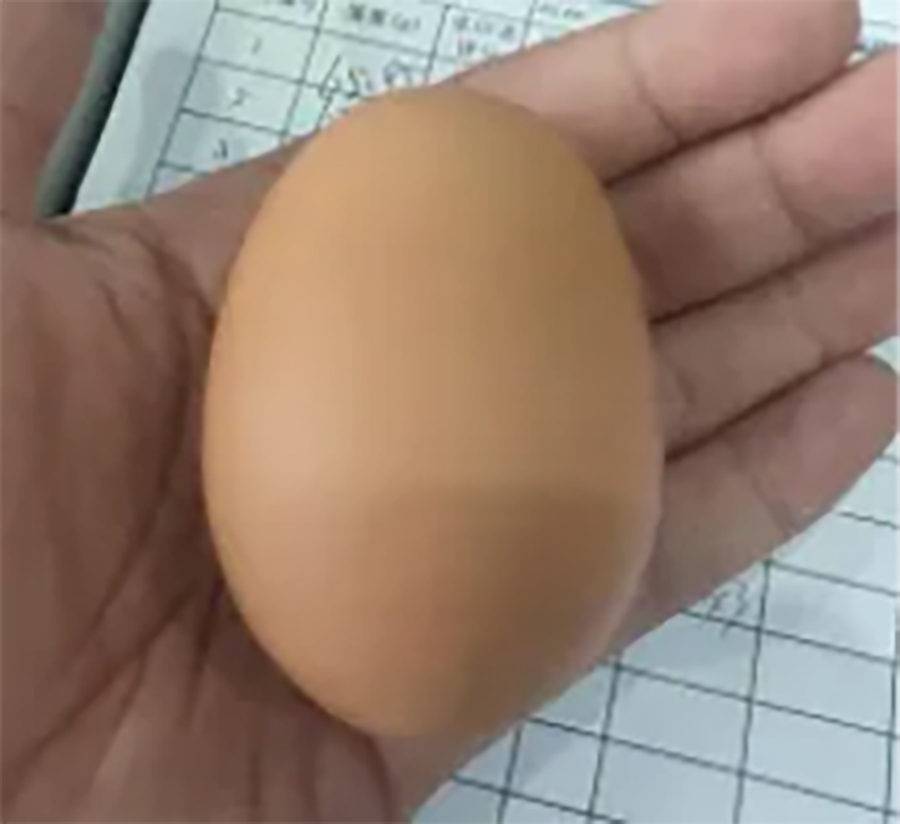
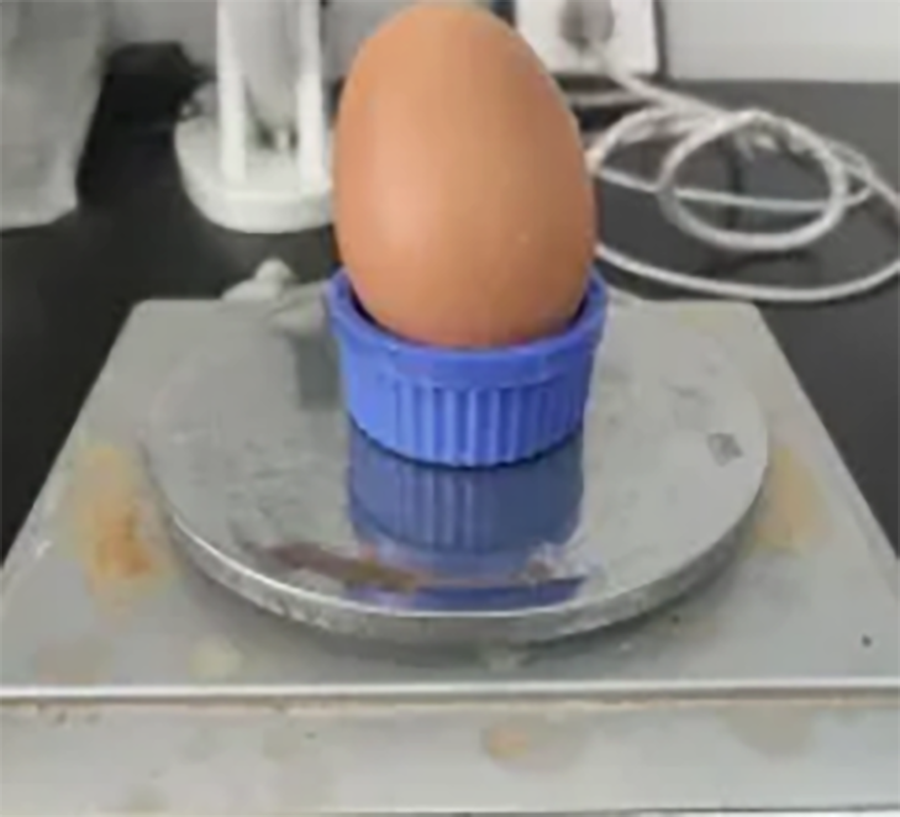
White shell eggs
Antimicrobial drugs (nicarbazin) remain in the feed, or the chickens are infected with infectious diseases, turkey rhinotracheitis, or Newcastle disease.
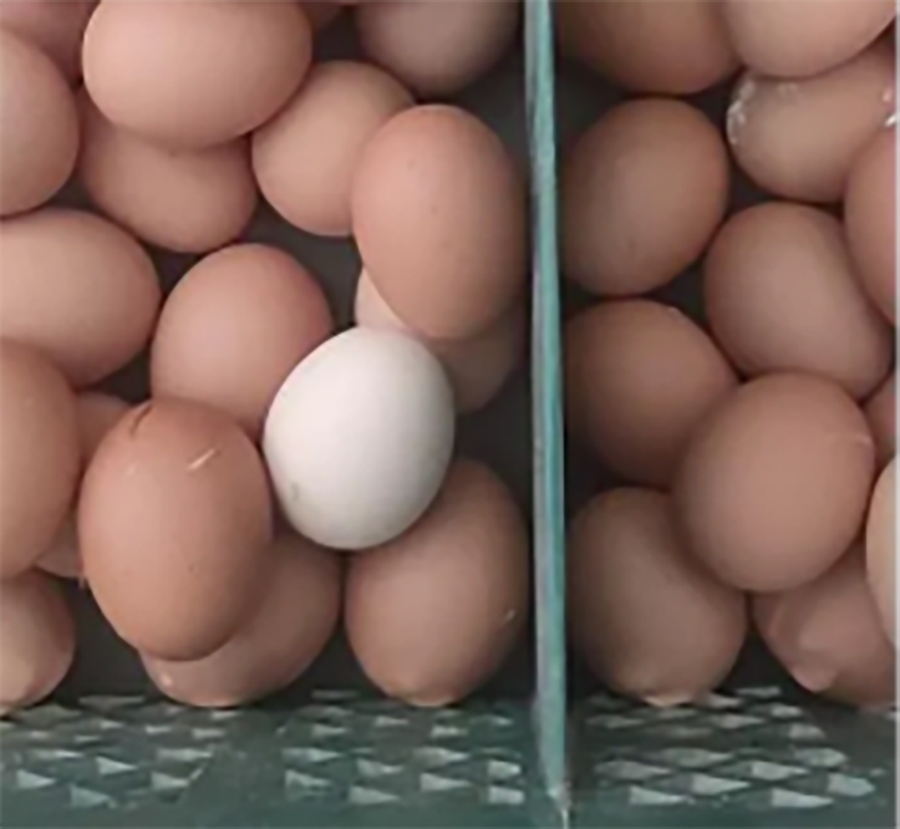
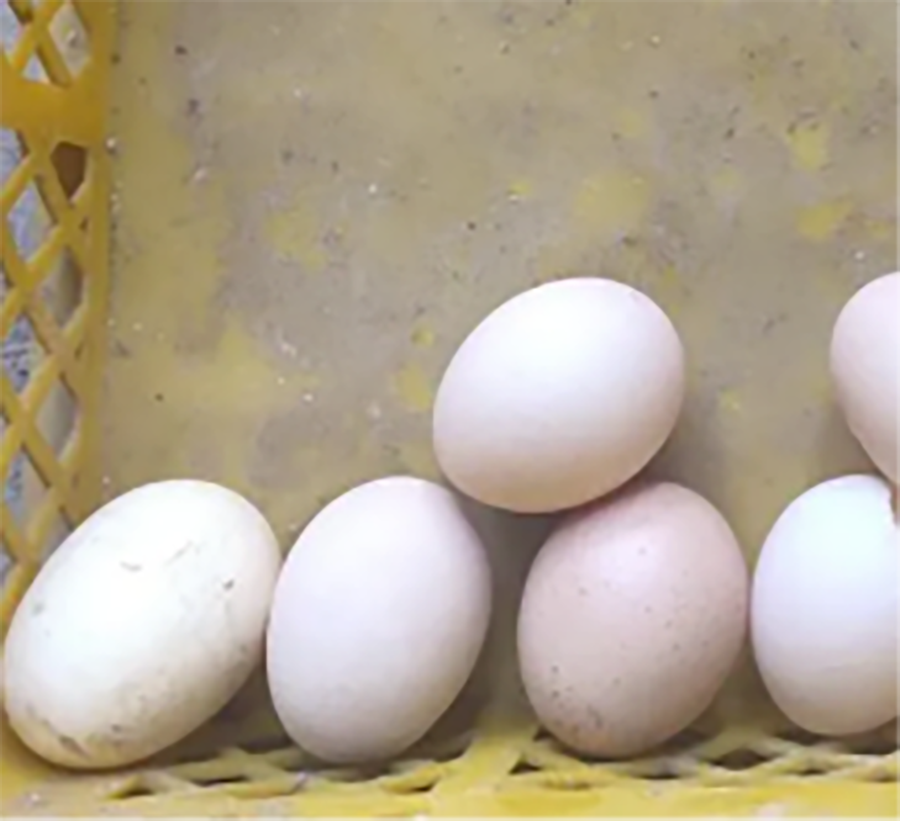
Sand Shell Eggs
Local roughness, often at the blunt end of the egg, may be caused by a synovia, in which case the egg contents are watery. It may also be due to the breed, but the eggshell will not be very thin and the quality of the contents is fine.
If the tip of the egg is rougher and the eggshell is thinner, with a clear boundary from the normal part of the egg, it may be infected with synovial bursoplasma.
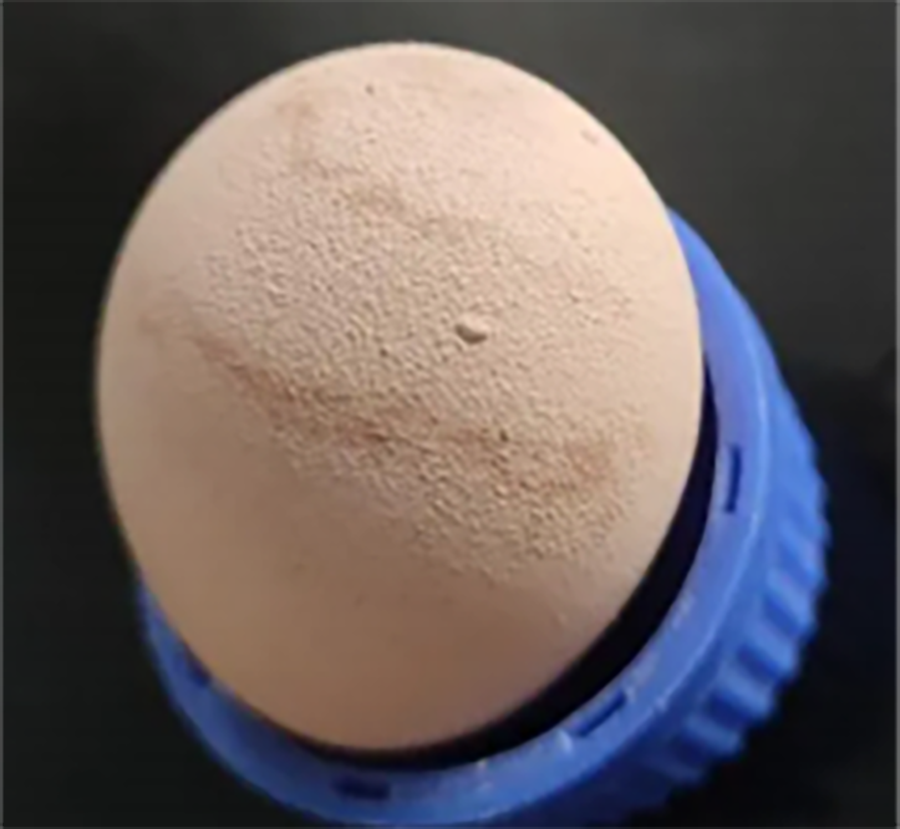
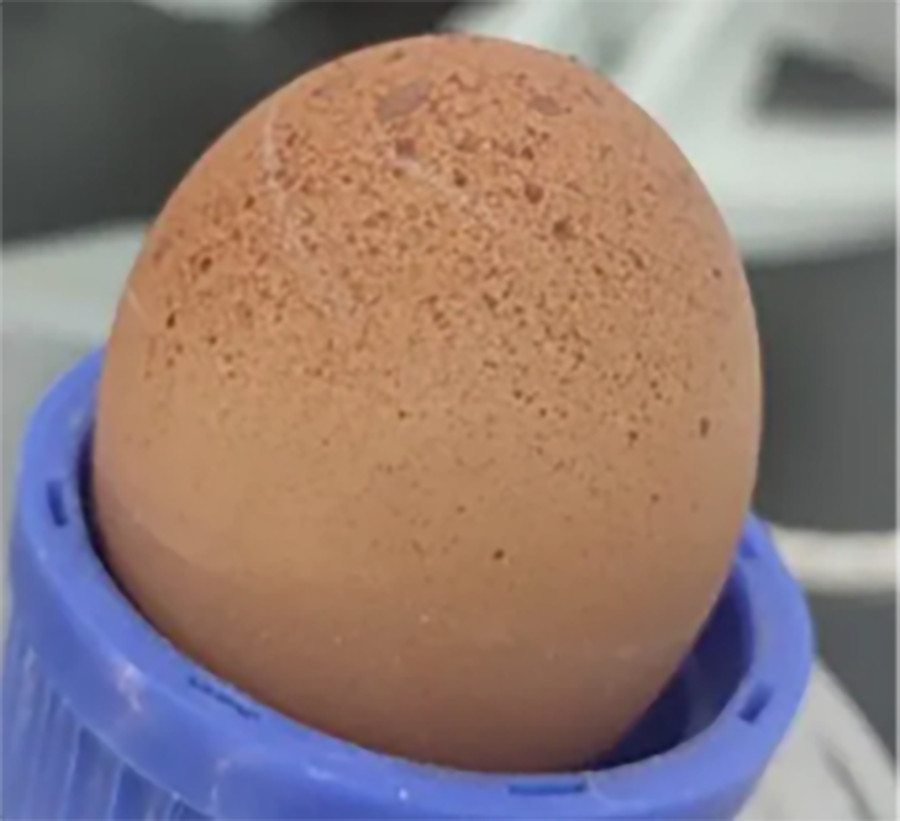
Calcium spot egg
It is caused by various reasons, most of which are caused by insufficient calcium in the formation of the eggshell.

The top of the egg is ridged
It is caused by stress during egg laying.
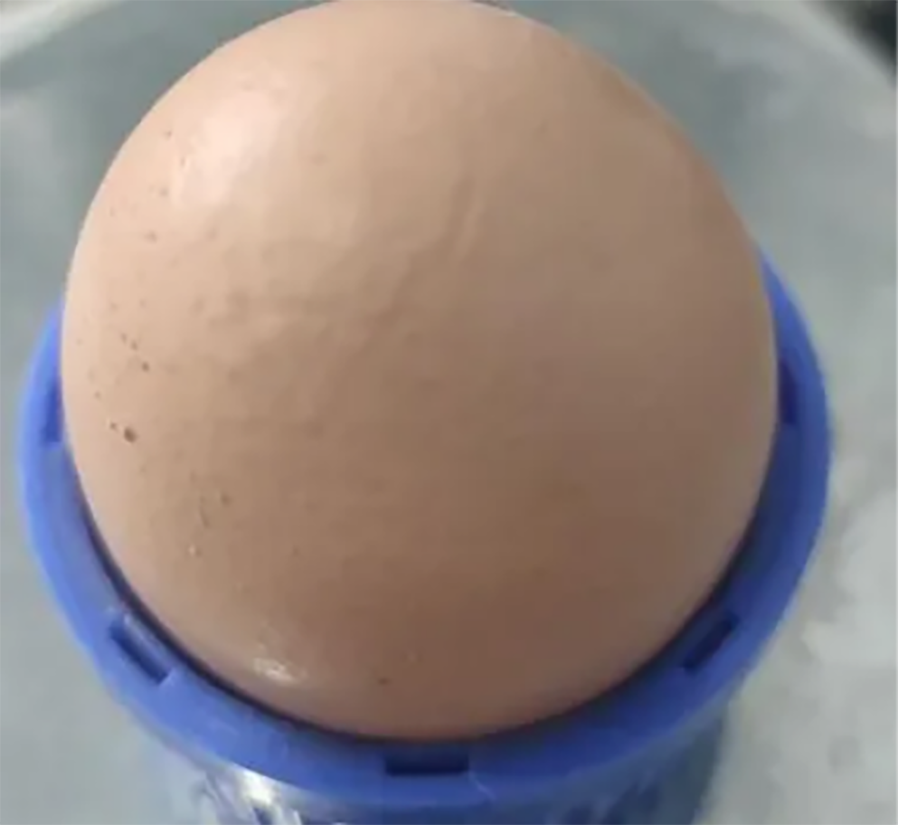
Ridged eggshell (side view)
It is caused by infectious bronchitis.
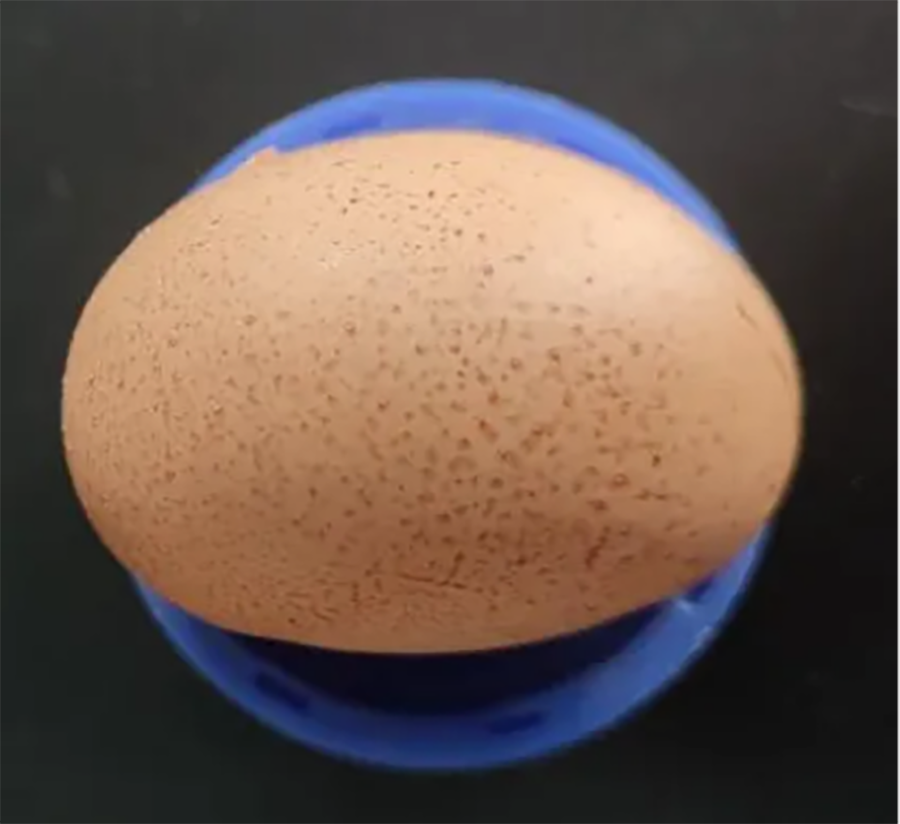
Wrinkled Eggs
Wrinkled deformed eggs. This may be due to copper deficiency, which reduces the connection between the eggshell glandular progenitor and elastin, resulting in a lack of integrity and uniformity in the eggshell membrane, causing the eggshell to wrinkle during the calcification process. It may also be due to calcium before the uterus calcifies, which causes uneven contraction due to uterine inflammation, forming wrinkles after calcification. Stress may also cause wrinkled eggs.
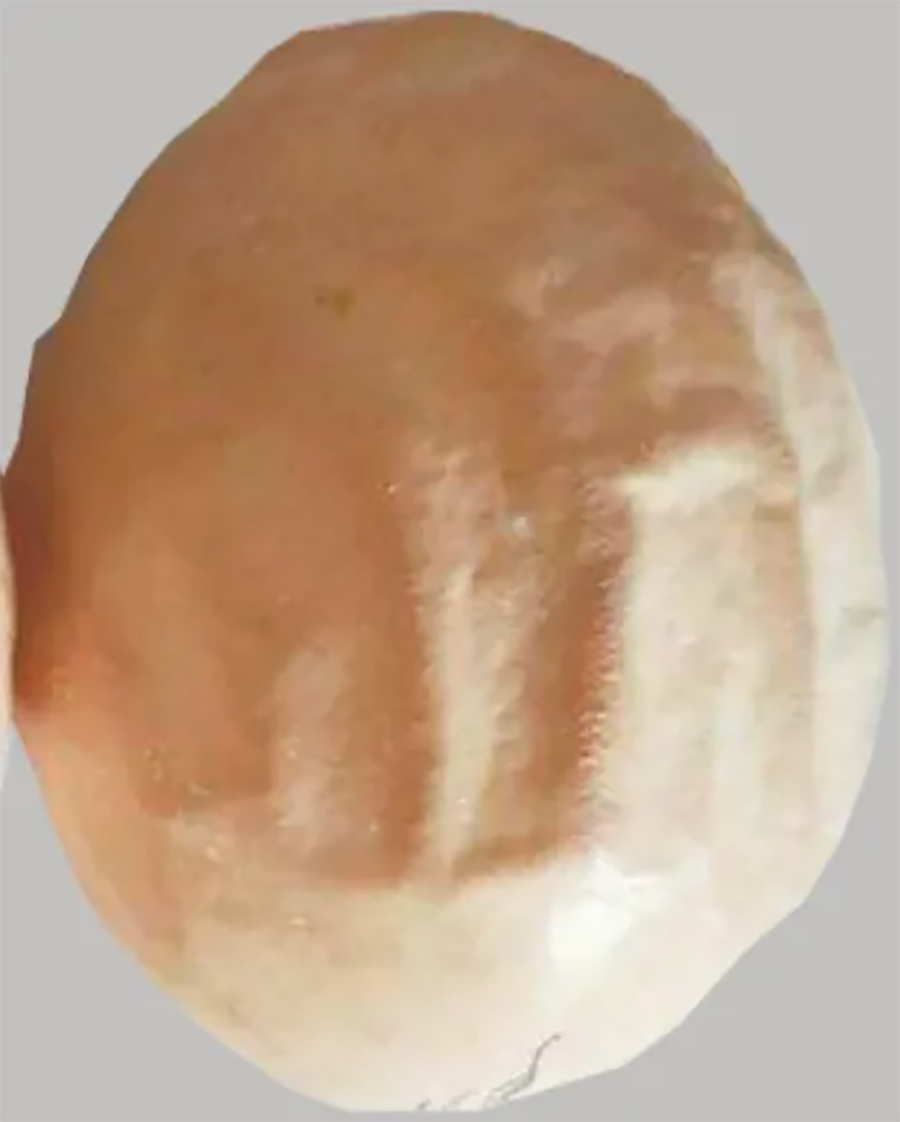
Deformed eggshells (elongated eggs)
This is due to two eggs being laid together in the oviduct at the same time and has nothing to do with disease. It is mainly caused by the genetic characteristics of the chicken.
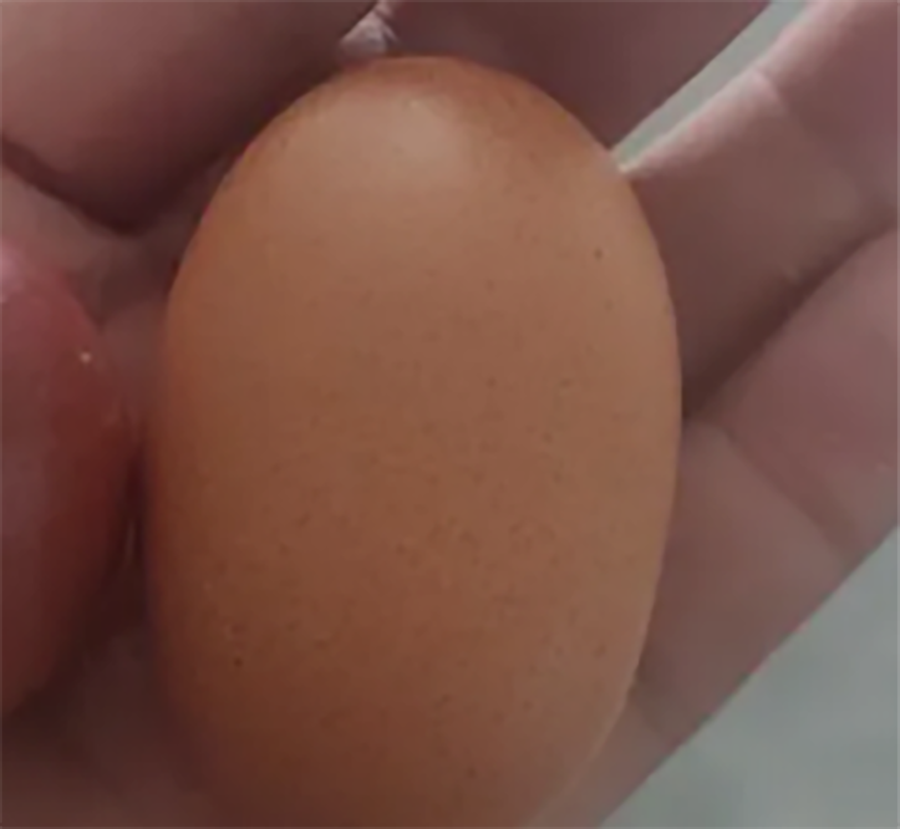
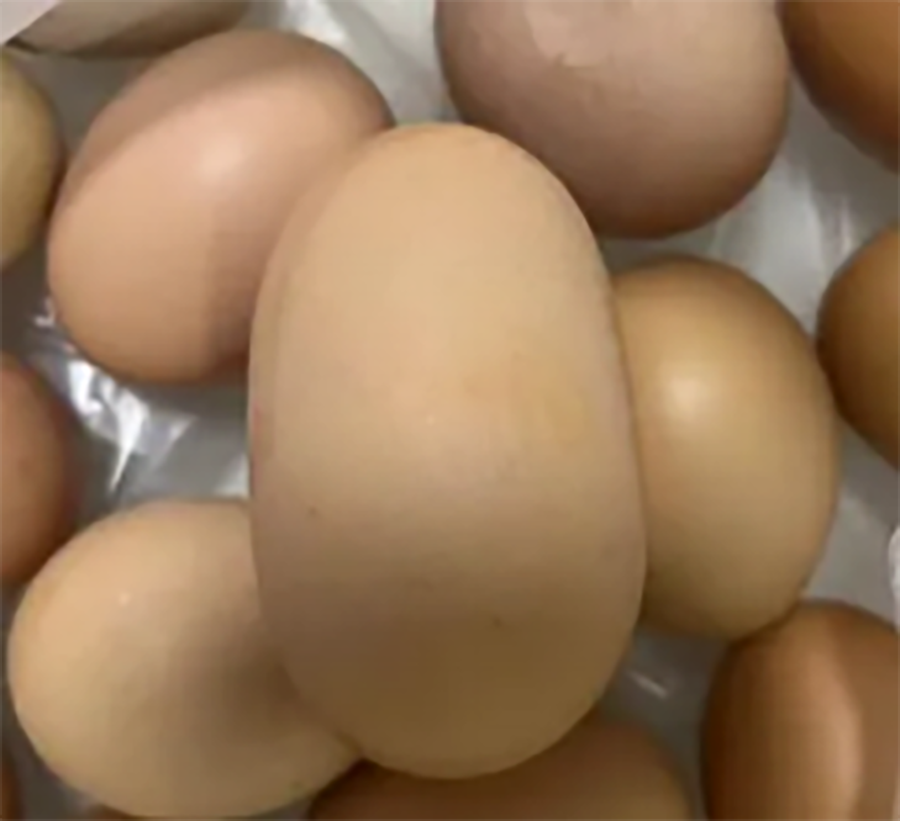
Thin-shell eggs (soft-shell eggs)
Most of the eggshell is missing. Possible reasons: If the hen lays eggs early, in the early stage of laying, the egg is laid before the eggshell is formed due to rapid and continuous ovulation. The calcium secreted by the oviduct cannot keep up with the rapid and continuous formation of egg yolk. In the later stage of laying, the egg weight is large and the eggshell is thin. Adjust the calcium content in the feed in time to increase the calcium content and ensure that the chickens are fed well before dark. Thin-shelled eggs and soft-shelled eggs may also be caused by high temperature or disease (such as egg reduction syndrome). The disease may be caused by decreased intake due to chronic diseases or other factors.
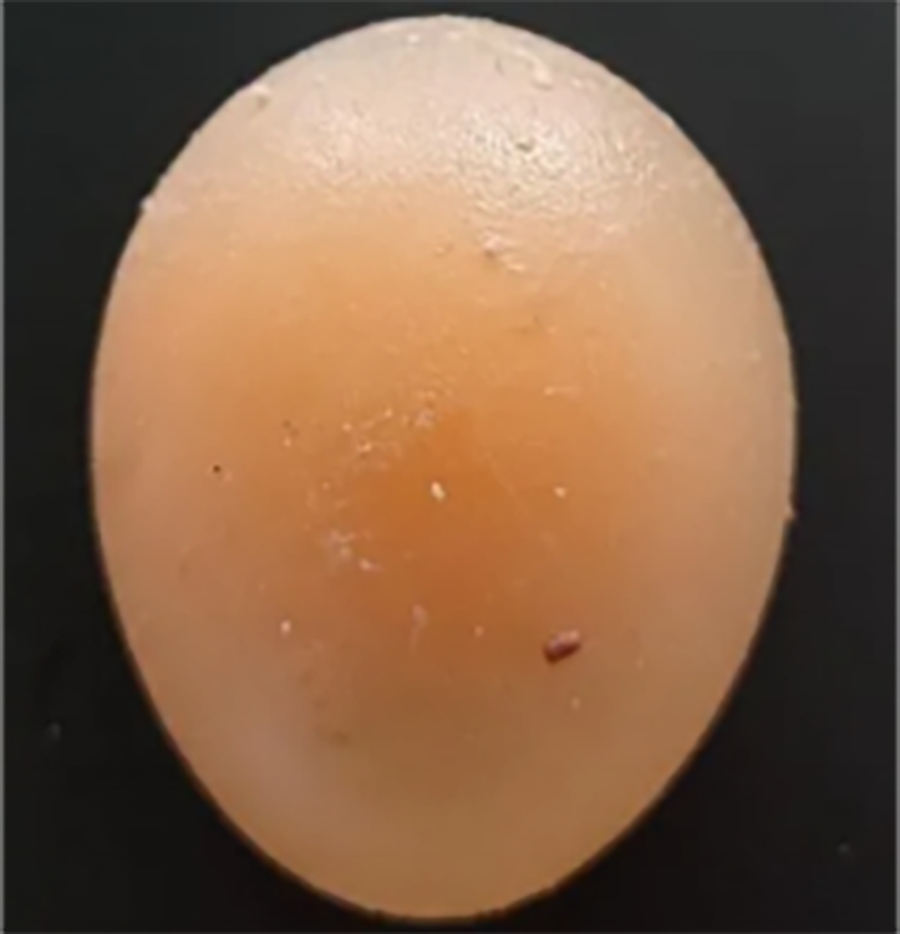
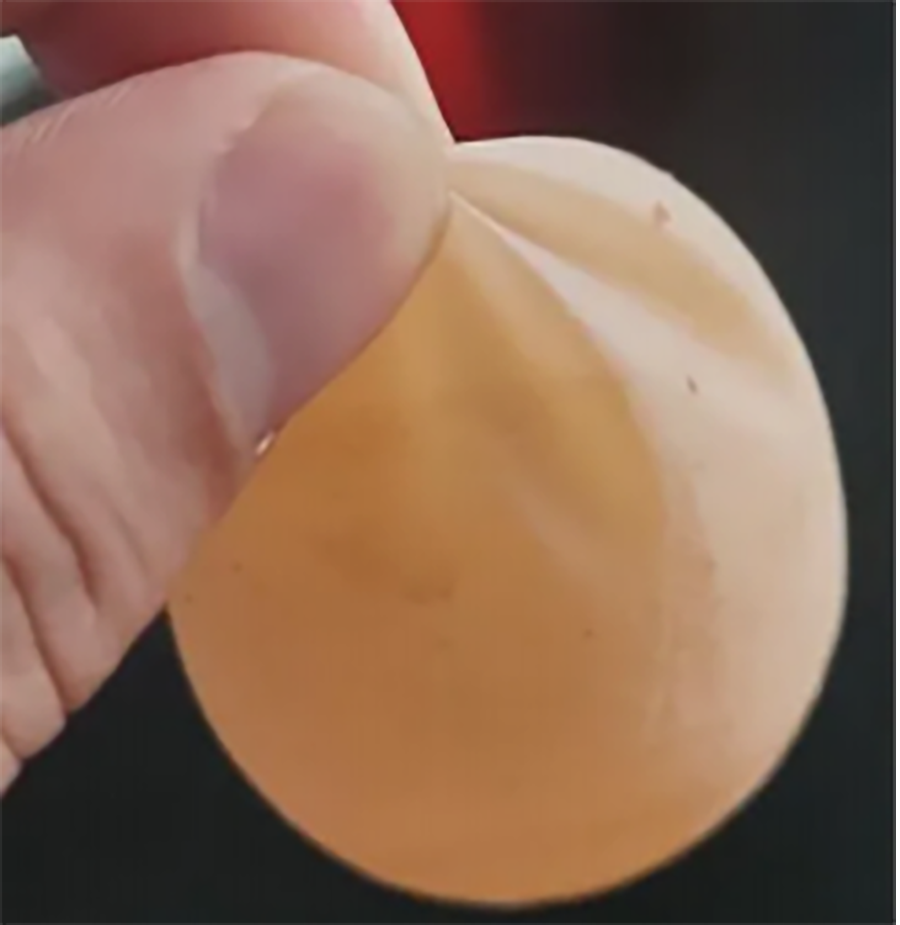
Blood Egg
Blood stains on the eggshell come from a damaged cloaca, either from an oversized egg or from pecking at the anus.

Dirty Eggs
It is caused by eggs rolling on dirty floors or in chicken coops.
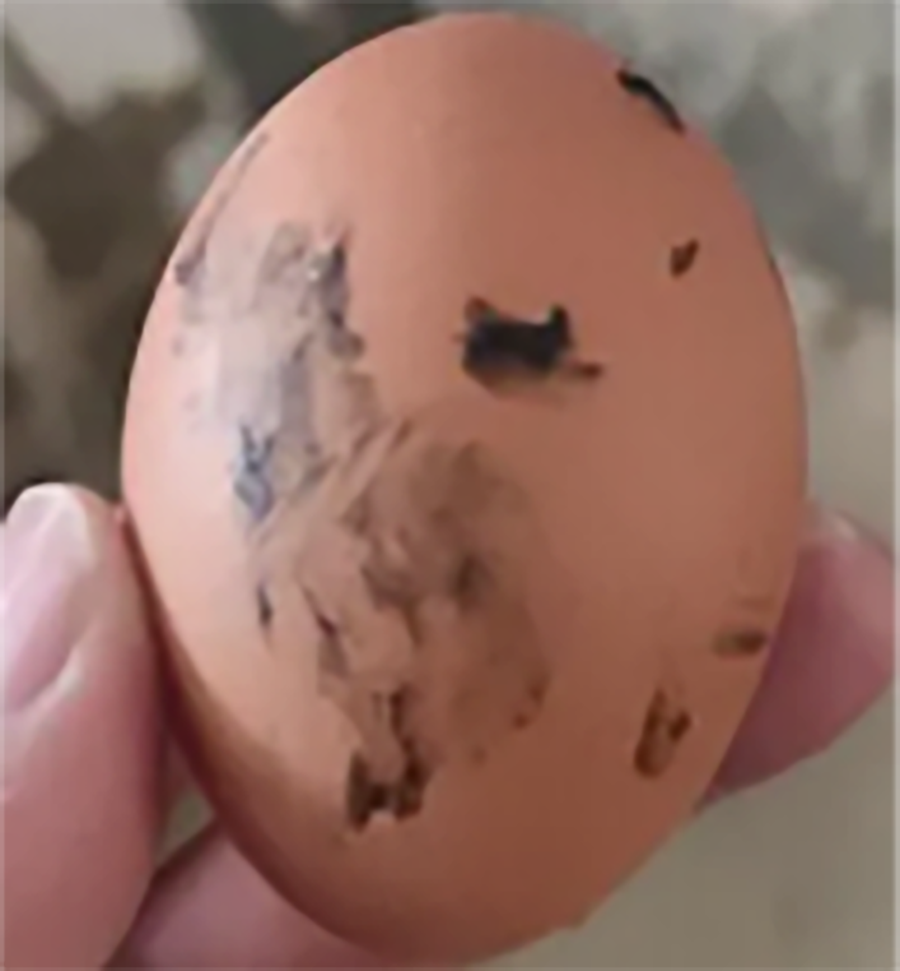
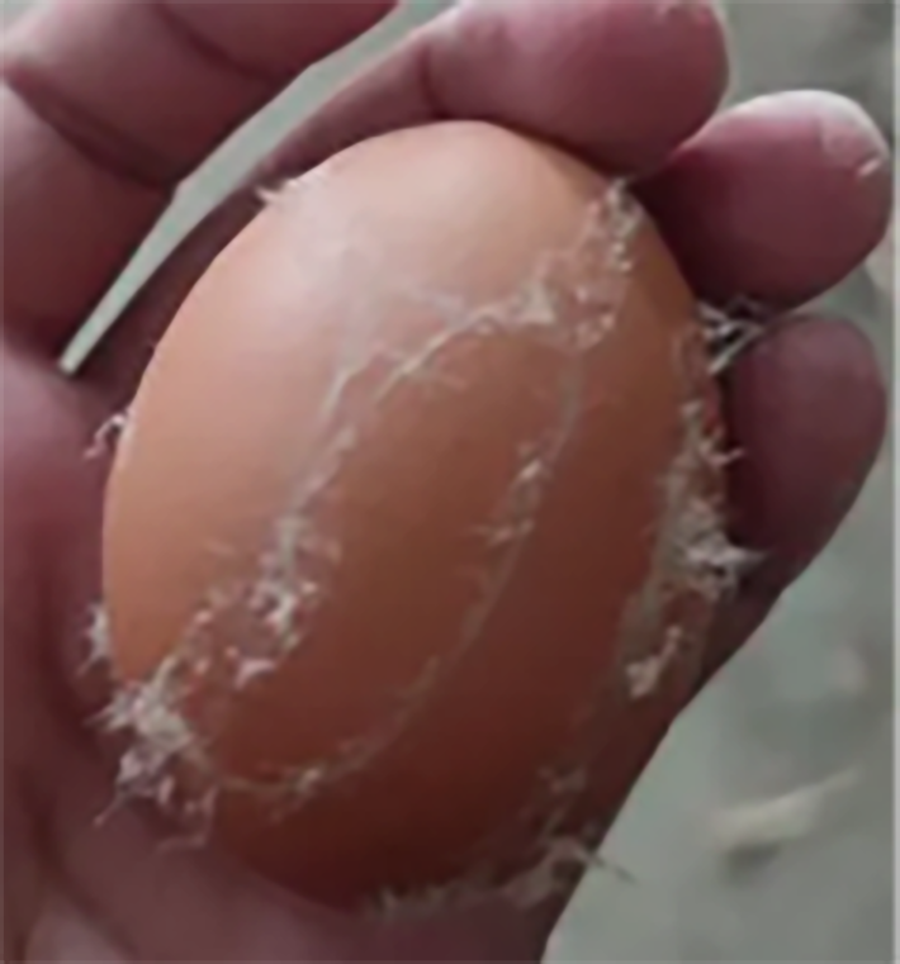
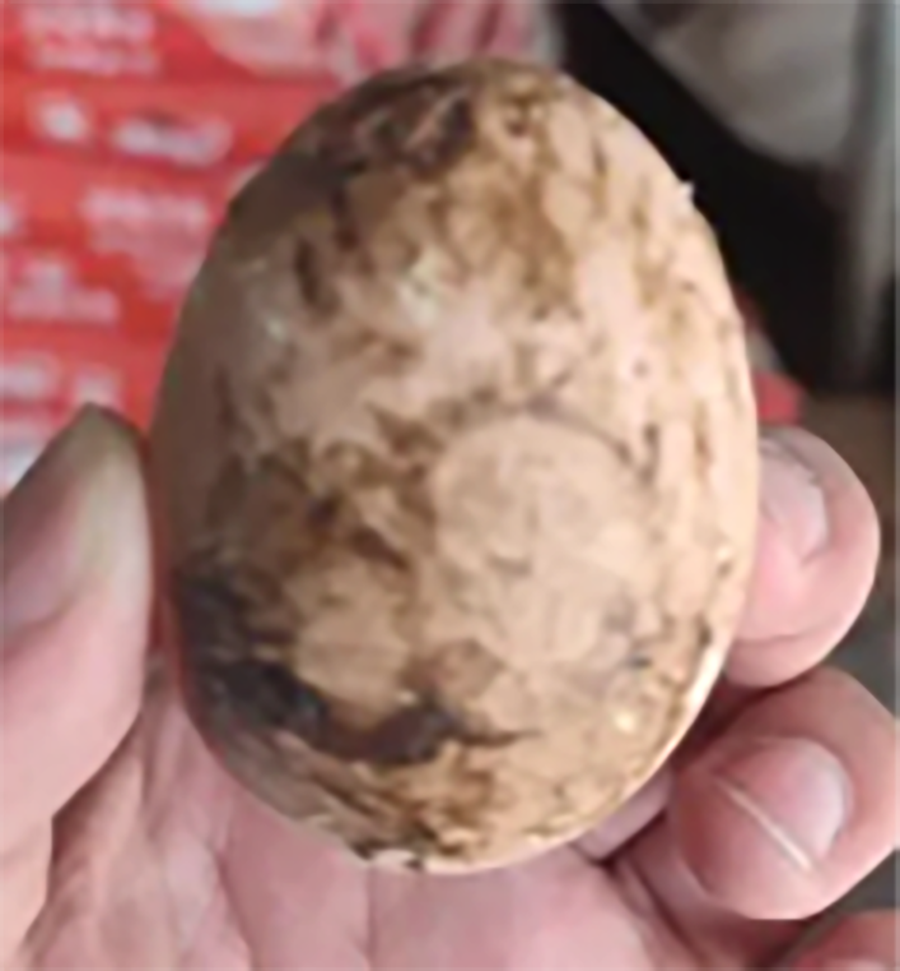
Fecal Egg
It may be an intestinal disease that causes the chicken to have loose stools.
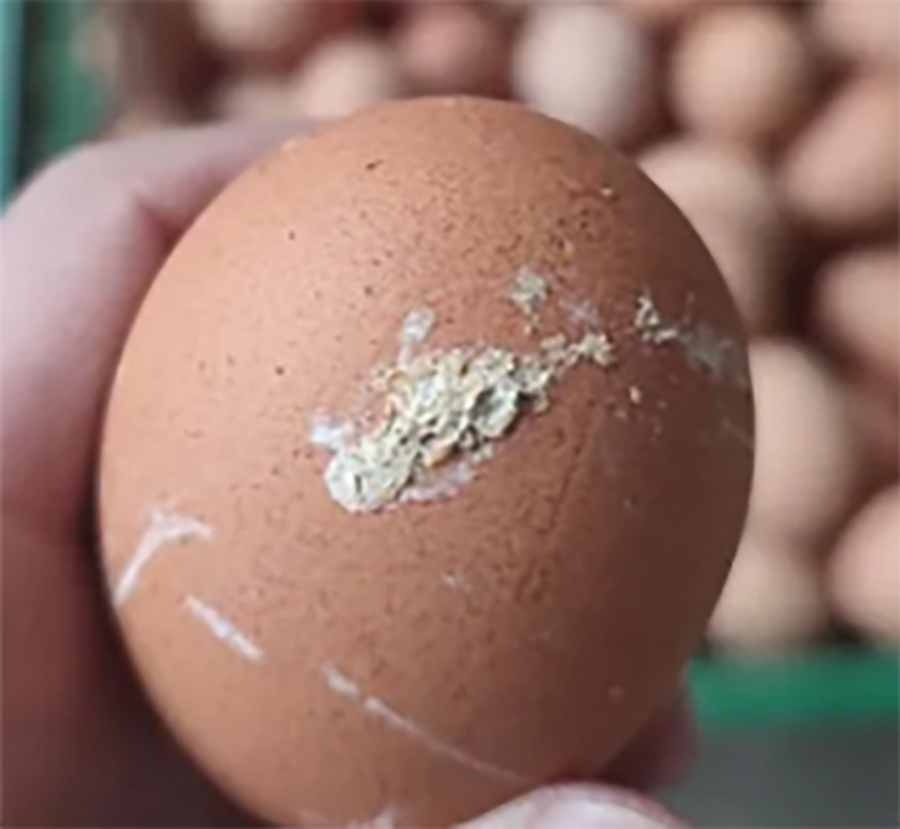

Blood and meat spots eggs
Blood spots are caused by a tear in the blood vessels of the ovarian sac or fallopian tubes, which can be caused by shock or infection with the infectious bronchitis virus. The ovarian sac is often torn in an area where there are no blood vessels.
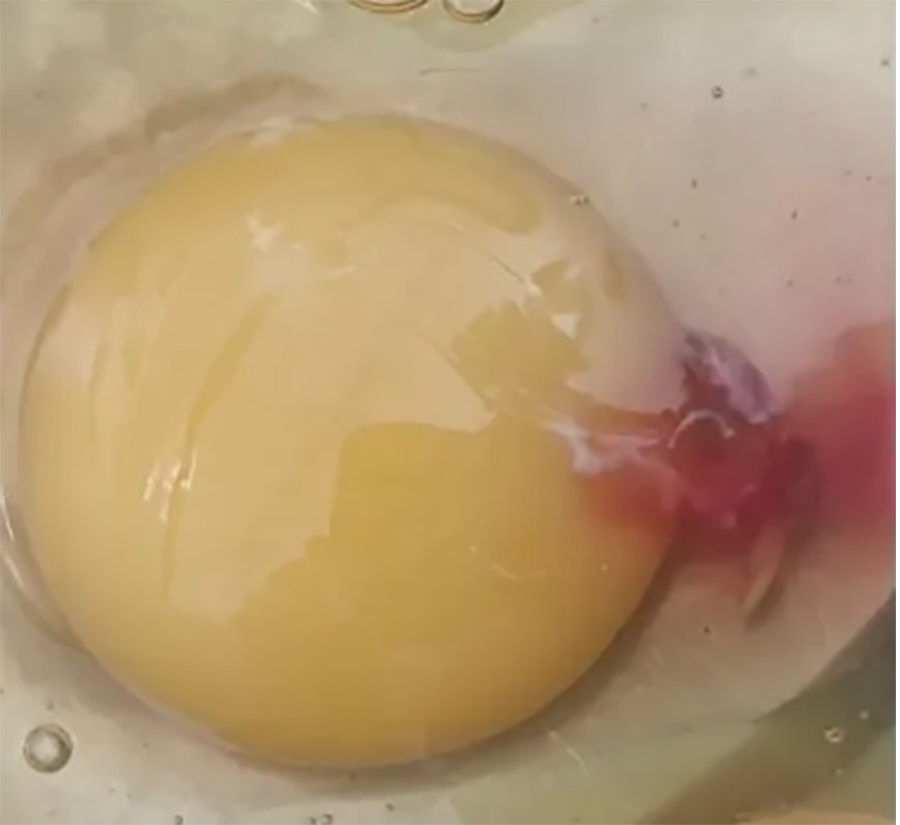
The blood spots in meat-spotted eggs are the fallen tissue of the fallopian tube. When salpingitis occurs, meat-spotted eggs and yellow-free eggs are very likely to appear.
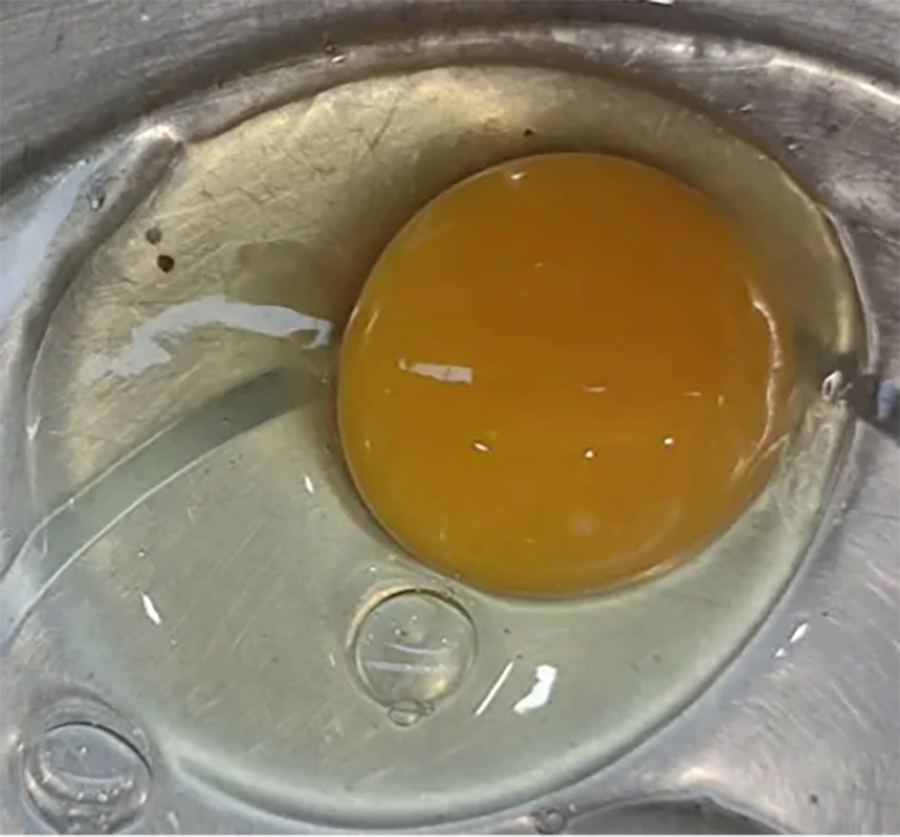
Egg yellow color
The amount of pigment added to the feed is the main factor affecting the egg yellow color. If the egg yellow color is too light compared to other eggs in the flock (i.e., the egg yellow color of the eggs is unevenly distributed), there may be indigestion due to infection in the chickens, resulting in poor absorption of the pigment in the feed.
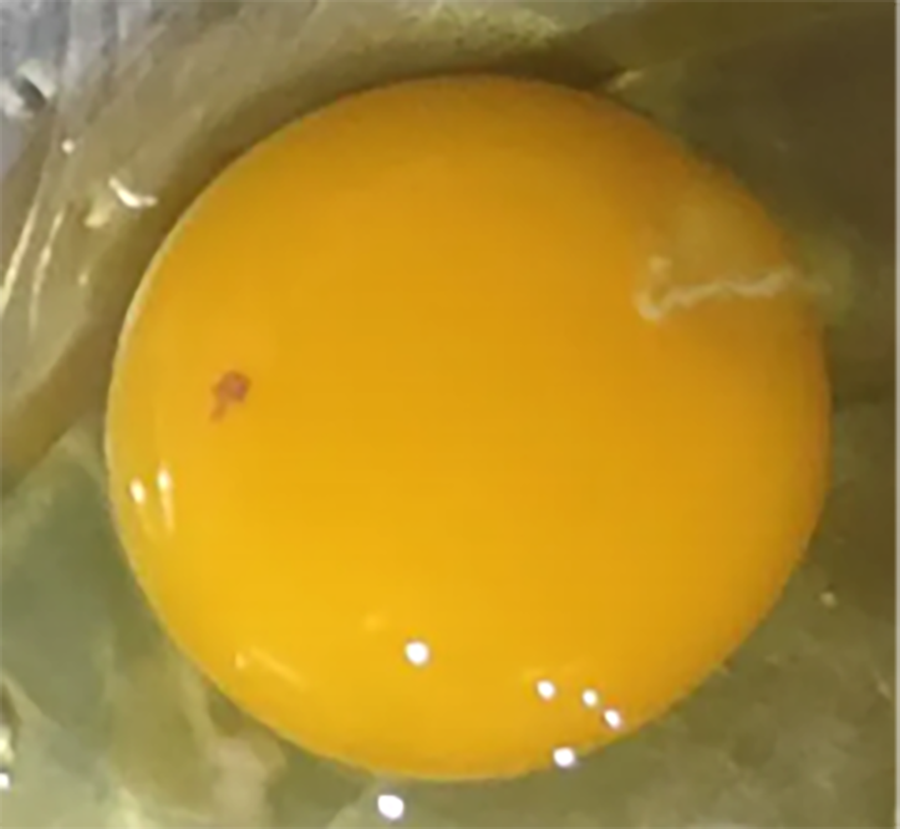

Broken Egg
Cracks and breaks on one side of the egg indicate that the egg was damaged while rolling from the chicken cage to the egg belt. The more eggs there are on the egg belt, the more likely they are to collide with each other and cause cracks and breakage. It is also possible that the hen was frightened and suddenly flew up or jumped around, causing the egg to break.
The breakage rate of eggs transported in egg baskets is as high as 20%, while the breakage rate of eggs transported on pallets is only 2%.
Egg weight
If you feel that the eggs are too light or too heavy, it is most likely due to the weight of the chicken: the quality and type of feed, the rationality of the nutritional formula, and the weight at key points.